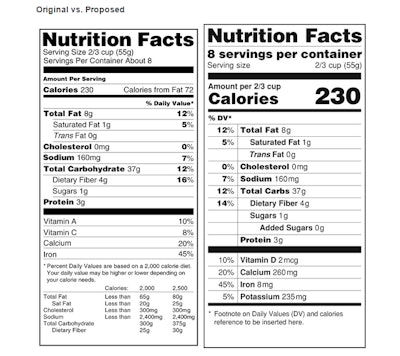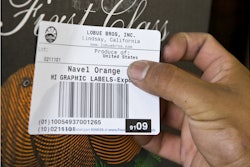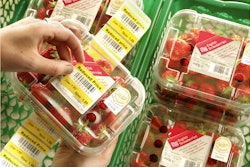
Calls for "clean labels" that accurately reflect food attributes in food product are part of a movement driven by millennials that also pushes for environmental sustainability and workers' rights, according to an article in The Chicago Tribune.
Blue and green will no longer be among the bright colors tinting the milk in your morning bowl of Trix. The orange glow of Kraft Macaroni & Cheese will come from paprika, turmeric and annatto instead of synthetic colors. The waft of richness released when biting into a Nestle Crunch bar will come in part from natural vanilla flavor rather than artificial vanillin.
The food movement that gained momentum last year is barreling into 2016, with manufacturers, retailers and restaurants continuing to announce switches to more natural foods with fewer artificial ingredients. The new formulations might look or taste slightly different, or have a shorter shelf life. They almost surely have cost more to make, although store prices likely will remain the same. Those are tradeoffs that foodmakers are gambling will pay off to reverse slowing growth among some established food brands.
Although what and how we eat emerged as a political and social platform decades ago, scrutiny of the U.S. food supply has intensified. Authors, chefs and even first lady Michelle Obama have combined their voices in a unified, albeit loosely organized, message about improving the American diet. Calls for "clean labels" are just one part of the campaign, which also pushes for environmental sustainability and workers' rights.
Ingredient lists, however, sit squarely in the center of many consumers' minds. Rising incidence of food allergies and controversies, such as the "yoga mat" chemical that Subway pulled from its bread, have them reading labels closely. The recent news about significant amounts of wood fiber in packaged grated Parmesan is yet another example. Savvy marketers have leveraged concerns about artificial additives into a competitive advantage, with help from feel-good terms such as "natural" and "simple" that lack strict legal definitions.
To read more, click here.














